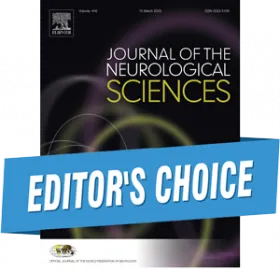Understanding cost effectiveness in neurology [JNS455 Editor's Choice]
22 Dec 2023

Image: iStockphoto.com/ArtHead-
Authors: Iván Sánchez Fernández
Editor's Choice
Journal of the Neurological Sciences. REVIEW ARTICLE| VOLUME 455, 122787, DECEMBER 15, 2023
DOI: https://doi.org/10.1016/j.jns.2023.122787
Highlights
- Cost-effectiveness quantifies health benefit and cost of health care interventions.
- Cost-effectiveness is always a comparison between different health care interventions
- Cost-effectiveness model parameters should reflect the best available evidence.
- Outcome measurements should integrate patients' preferences and values.
- Cost-effectiveness helps prioritize high-value health care interventions.
The USA spends more in healthcare per capita than any other country in the world, but ranks last among high-income industrialized nations in major markers of healthcare effectiveness such as life expectancy, maternal mortality, neonatal mortality, and infant mortality.
Unlike other high-income industrialized nations, the USA does not have a national agency that systematically evaluates the cost-effectiveness of health care interventions and negotiates their price accordingly. This manuscript aims to introduce the rationale, terminology, advantages, and limitations of cost-effectiveness analysis.
Cost-effectiveness analysis compares health interventions and evaluates their incremental value and their incremental cost compared with already existing healthcare interventions. Cost-effectiveness analysis integrates the best available evidence with patients' preferences to inform clinical decision making. Patients with neurological conditions are facing increasing challenges to access healthcare and prescription drugs. The analysis may help improve access to the most effective healthcare interventions and prescription drugs while containing healthcare costs.
Web design by Tribal Systems








